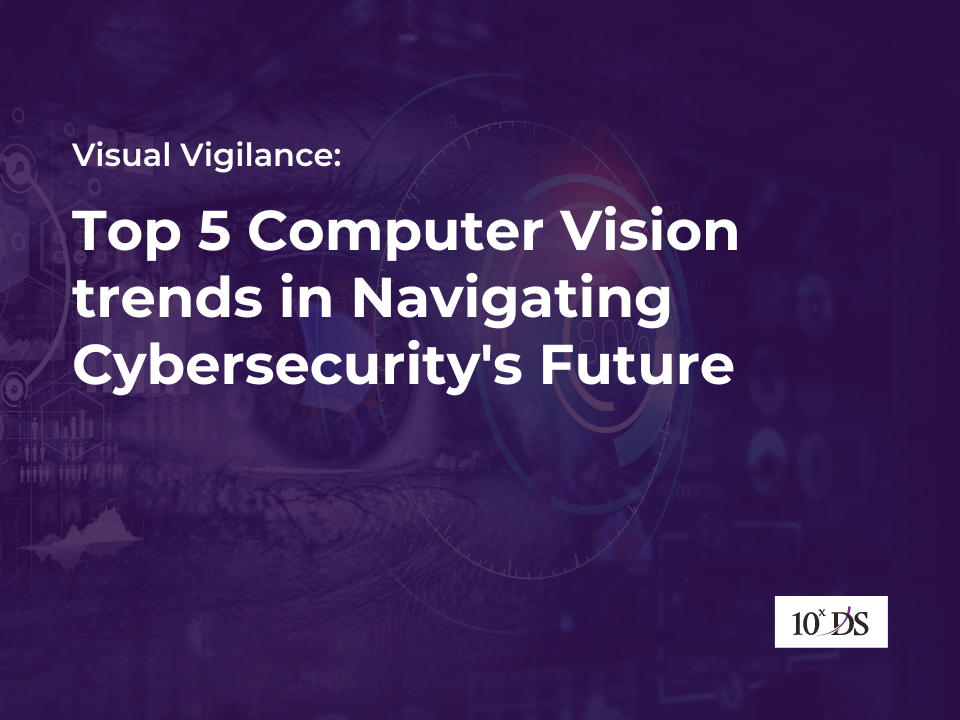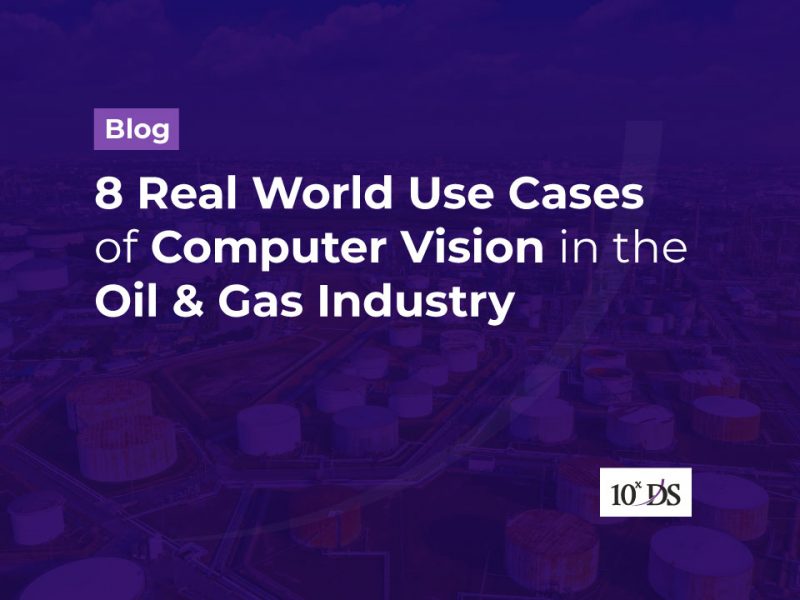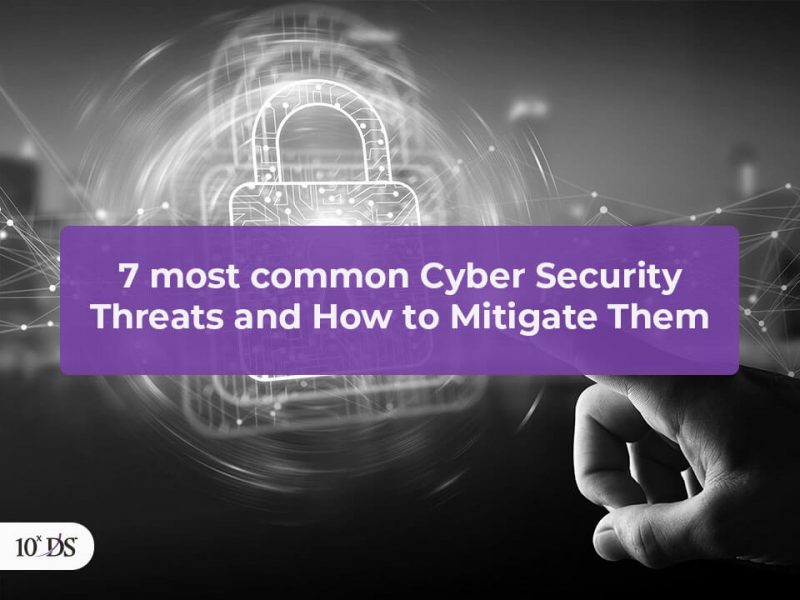
Visual Vigilance: Top 5 Computer Vision Trends in Navigating Cybersecurity’s Future
In a rapidly evolving digital landscape, the fusion of computer vision and cybersecurity stands at the forefront of innovative defenses against an ever-expanding array of threats. This blog delves into the top five major trends where computer vision seamlessly integrates with cybersecurity, revolutionizing the way organizations safeguard their digital and physical domains. From anomaly detection in network traffic to the nuanced realm of facial recognition for access control, each use case represents a strategic application of visual intelligence to fortify cyber defenses. Join us on a journey through the intricacies of these cutting-edge applications, exploring how computer vision not only identifies risks but also empowers organizations to proactively respond to emerging challenges in the dynamic realm of cybersecurity.
Anomaly Detection
Anomaly detection in cybersecurity involves leveraging computer vision to analyze patterns in network traffic and user behavior. By establishing a baseline of normal activity, the system can identify deviations that may indicate security threats such as malware or unauthorized access. This use case allows for the proactive identification of unusual patterns, enabling rapid response and mitigation before a potential breach occurs.
Facial Recognition for Access Control
Facial recognition, powered by computer vision, is applied to access control systems. This technology authenticates individuals based on facial features, ensuring that only authorized personnel gain entry to secure areas. This use case enhances security by replacing or supplementing traditional access methods, reducing the risk of unauthorized access and improving overall access control efficiency.
Deepfake Detection
Deepfake detection involves the use of computer vision to identify manipulated or synthetic media, such as videos or images created using advanced AI techniques. As deepfake technology becomes more sophisticated, this use case is crucial for preventing the spread of misinformation and countering social engineering attacks. Computer vision algorithms analyze visual content to detect inconsistencies or anomalies that may indicate the presence of deepfakes.
Visual Threat Intelligence
Visual threat intelligence utilizes computer vision to analyze visual content from diverse sources, including social media and websites. This proactive approach helps cybersecurity professionals identify potential threats, vulnerabilities, or emerging risks. By monitoring visual data, organizations can stay ahead of evolving cyber threats, enhance situational awareness, and take timely actions to mitigate risks and protect their assets.
Surveillance and Monitoring
Computer vision is employed in video surveillance systems for real-time monitoring of physical spaces. This use case goes beyond traditional security cameras by enabling automated analysis of video feeds. It can detect unusual activities, intruders, or security breaches, providing security teams with immediate alerts. This enhances physical security measures and allows for a swift response to potential threats, making surveillance and monitoring more effective in safeguarding physical environments.
If we think that these trends are still in papers, then we are mistaken, there are many tools available in the market that use computer vision algorithms to help the security cause.
OpenCV
This is an open-source machine learning and computer vision software library that provides access to more than 2,500 algorithms for various tasks, including face detection and recognition, object identification, extraction of 3D models of objects, tracking moving objects, and stitching multiple frames together into a high-resolution image. OpenCV is used by cybersecurity professionals to analyze and visualize malicious and benign files as images and use deep learning models to classify them based on their patterns.
Viso Suite
This is an end-to-end computer vision platform for businesses to build, deploy and monitor real-world computer vision applications. Viso Suite is used by cybersecurity experts to monitor network traffic and identify anomalies or suspicious activities using computer vision algorithms. Viso Suite also supports edge computing, which eliminates the challenges of connected cameras and devices, such as network congestion, constant connectivity, latency, robustness, privacy, and data management.
DeepFace
This is a deep learning framework for face recognition that can achieve near-human accuracy. DeepFace can be used by cybersecurity practitioners to enhance biometric authentication methods, such as iris or fingerprint scanning, to provide more secure access to devices and systems. DeepFace can also detect and prevent spoofing attacks, such as using photos or masks to impersonate someone else.
YOLO
This is an object detection algorithm that can process images in real time and locate multiple objects in a single image. YOLO can be used by cybersecurity analysts to detect physical threats or intrusions in surveillance videos or images. YOLO can also recognize the faces and license plates of vehicles.
In conclusion, the marriage of computer vision and cybersecurity is not just a technological alliance but a strategic imperative in the face of evolving cyber threats. As we traverse the landscape of anomaly detection, facial recognition, deepfake scrutiny, visual threat intelligence, and surveillance, it becomes evident that visual intelligence is a formidable ally in our digital defense arsenal. To quote cybersecurity expert Bruce Schneier, “The only security that is efficient is a police state,” underlining the delicate balance between security and privacy that technologies like computer vision must navigate. Statistics underscore the urgency, with a recent report indicating that cyber-attacks globally increased by 125% through 2021 and increasing volumes of cyber-attacks continued to threaten businesses and individuals in 2022. As we navigate this complex terrain, the proactive and adaptive capabilities of computer vision offer a beacon of hope, enabling organizations to stay ahead of the curve and protect their digital landscapes from the ever-evolving threatscape.
Talk to our Experts to learn more


